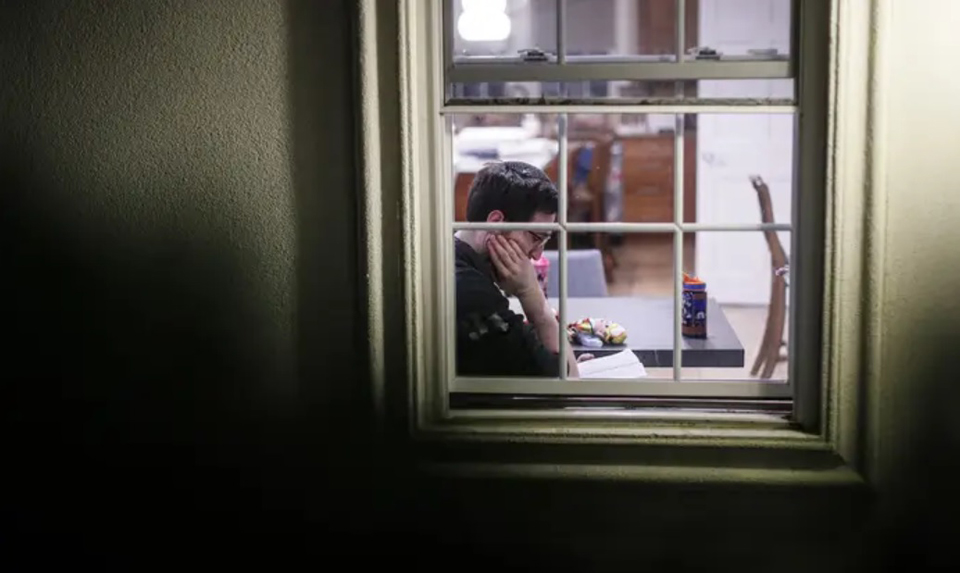
The number of confirmed cases of coronavirus is swelling rapidly all across the United States with the number of infected passing the 1,000 mark today. Scientists in the state of Washington, meanwhile, are saying that the real number is ten or more times that amount. They base this on their studies of how the virus spreads among specific groups of people, not on actual testing for the virus.
The United States is far behind all other advanced nations in testing with doctors and scientists blaming the delay, either publicly or privately, on bungling by the Trump administration.
Dr. Anthony Fauci of the Centers for Disease Control warned yesterday that “the worst is yet to come” with this pandemic. New Rochelle, New York, was put on lockdown, and the National Guard was sent in after that suburb of New York City became the worst hotspot for infection in the United States.
Also worrisome were comments yesterday by President Trump’s former Homeland Security Adviser Thomas Bossert who says time is running out to control the spread.
Washington Gov. Jay Inslee (D), whose state is the host for one of the largest disease clusters in the U.S., said that based purely on math, there could be 64,000 cases of the coronavirus in his state by May.
On the opposite coast, in New York City, Mayor Bill de Blasio said that confirmed positive COVID-19 cases are piling up so rapidly now that officials in his city are struggling to keep up with them. When asked to give numbers earlier today he said the rapidly growing numbers made it impossible for him to present the media with an actual figure.
The implications of this for hospitals are grim. There are reports that in Italy hospitals are failing, due to lack of equipment and sufficient number of beds, to relieve the suffering of patients, some of who are being left untreated and dying.
Bossert told NBC News yesterday “We are 10 days from our hospitals getting creamed.”
Bossert, in his position at Homeland Security, was in charge of the U.S. response to global pandemics until Trump eliminated his position altogether in his cuts to national security.
Early action on many fronts can, it seems, mitigate the effects of this pandemic. In China and Hong Kong, for example, infection rates seem to have leveled off. The difference, of course, is the massive public health infrastructure and early mass testing that took place in those locations.
While Trump has been fretting extensively about the effects of the pandemic on Wall Street, the Democratic-controlled Congress is moving to put together a relief package for the country’s working-class majority. The plan will include expansion and simplification of unemployment insurance for workers and increasing the availability of free food by expanding food stamps for millions who may need it.
The Dems are also said to be including paid sick leave and free COVID-19 testing in their relief package.
Trump has put out feelers about payroll tax cuts which, of course, would benefit only those with jobs and would benefit low-paid workers the least.
His other plans reportedly involve various aids to different sections of big business.










